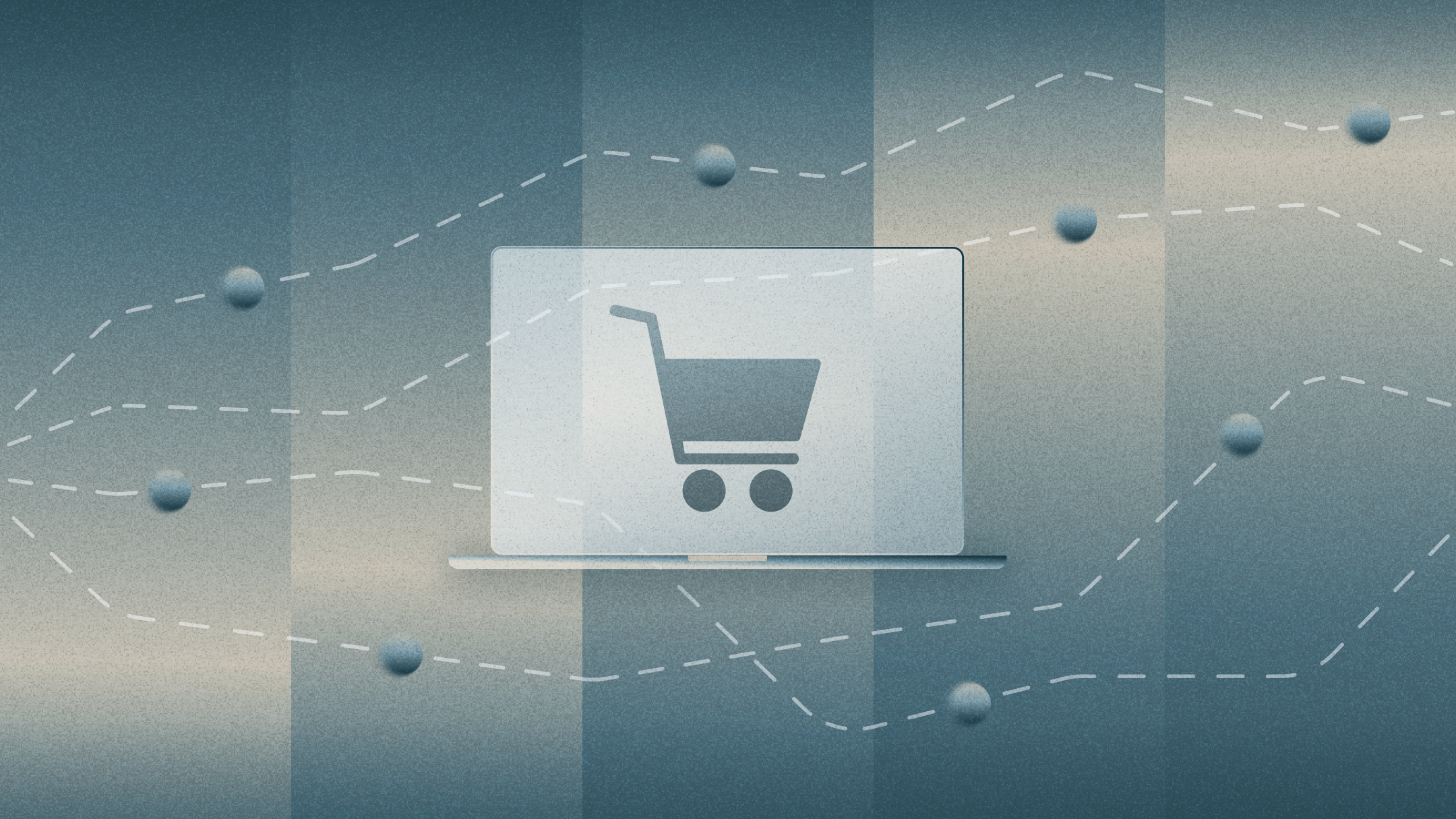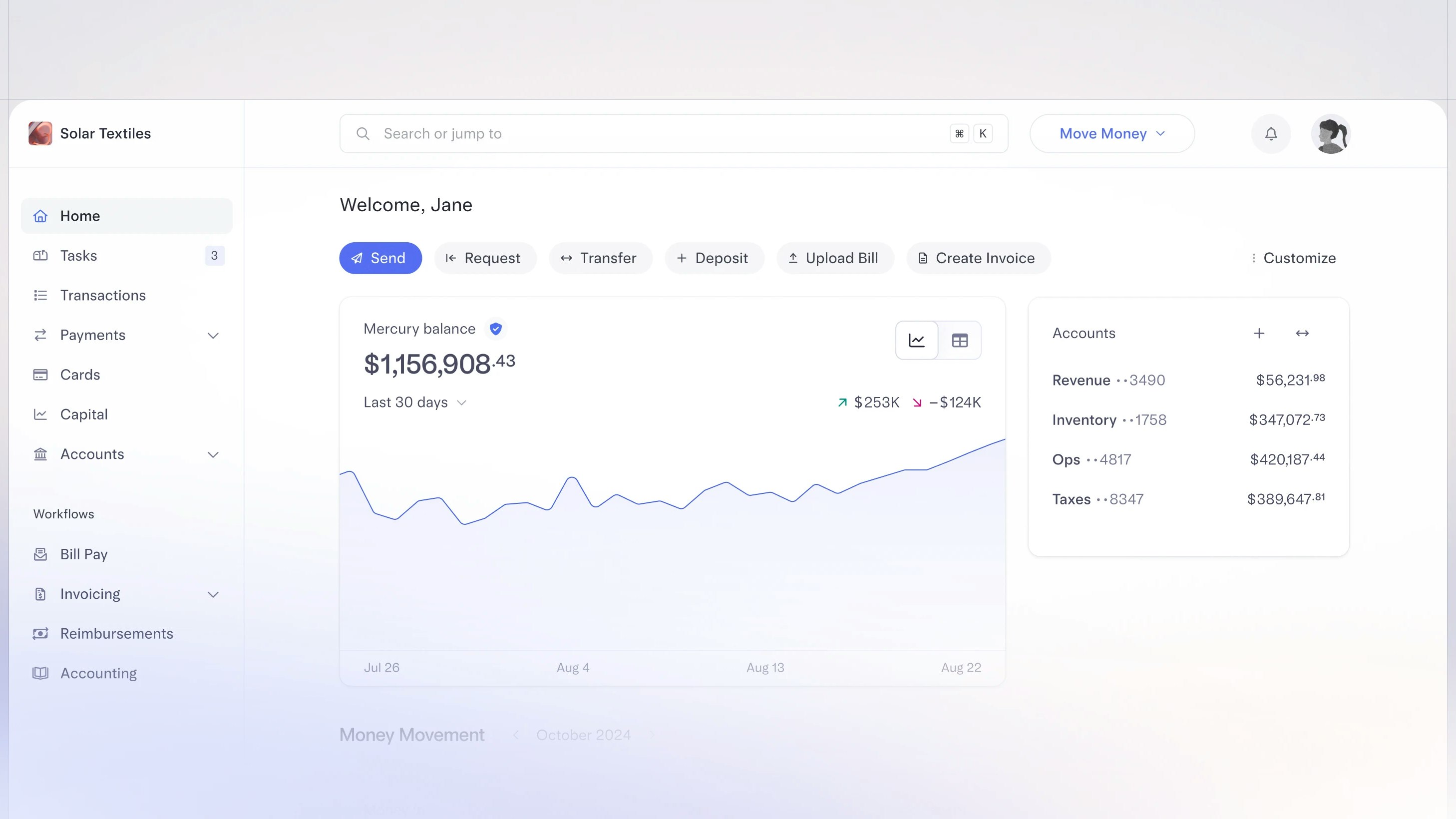Dynamic pricing strategies for your ecommerce business

Former product manager turned content marketer and journalist.
Remember the days of walking into Best Buy and comparing the prices of TVs — all within one store? Online shopping has turned pricing into a fierce competition, since consumers can compare prices across different retailers with a few mouse clicks.
But there’s also an upside: online shopping makes it easy for companies to implement a dynamic pricing strategy. While dynamic pricing has existed in some industries (like air travel) for a long time, it’s especially relevant to ecommerce businesses. If you’re trying to maximize revenue, you’ll want to adjust your pricing based on external factors — such as market conditions or customer behavior — rather than have those factors eat into your profit margin.
What is dynamic pricing?
Dynamic pricing means that businesses adjust prices for products or services based on current market demands. Adjustments happen quickly — sometimes within minutes or in real-time — and are reflected in the customer’s online shopping experience.
Sometimes consumers are aware of dynamic pricing. Take a ride-sharing app like Uber, for example. Consumers who use the app know that rides cost more during peak times. In other cases, like on a shopping site, consumers may not be aware that they’re being shown a dynamic price.
How dynamic pricing works
Most commonly, dynamic pricing occurs with online businesses since pricing can be changed on the screen. However, some brick-and-mortar stores (like grocery stores) have also started using digital price displays so they can implement dynamic pricing strategies in response to their competitors.
Any company relying on dynamic pricing has a lot going on behind the scenes, including when to make pricing adjustments and what type of dynamic pricing model to use.
Factors influencing dynamic pricing
If you need evidence of how dynamic pricing is an advantage, take a look at Amazon or Walmart. However, most companies don’t have the same resources as these industry giants, with complex algorithms that consider dozens (if not hundreds) of factors.
In your business, you can focus your dynamic pricing on a few key factors:
Supply and demand. Businesses adjust pricing based on inventory levels, the underlying costs to make/deliver the product, and consumer interest.
Competitor pricing. Businesses use automated tools to match or undercut competitors. Even if the lower price cuts into the product’s profit margin, it’s better than losing the sale altogether.
Customer behavior. Businesses offer personalized pricing based on the customer’s browsing history, past purchases, or location.
External conditions. Businesses adjust pricing based on events, economic shifts, or different seasons. Black Friday / Cyber Monday is a prime example of dynamic pricing for many online businesses.
Types of dynamic pricing models
Businesses may opt for one or more dynamic pricing models. Part of this is based on business needs; the model may simply not apply to how the company does business. Dynamic pricing models are also selected based on the technology the company uses to make pricing changes.
Time-based pricing. The business adjusts pricing based on the time of day, season, or specific sale periods.
Surge pricing: Pricing increases during peak demand times (like the Uber example).
Segmented pricing: Pricing is applied to different groups of customers. This might be based on customer behavior, but can also apply to bulk orders or offers made to new customers.
Competitor-based pricing: Any business that uses competitor pricing as a factor has to use a competitor-based pricing model to adjust prices quickly (possibly in combination with other pricing models).
Impact on your product’s profitability
When you rely on dynamic pricing strategies, you can increase your sales and boost profits. You carefully assess the highest price customers will pay at any given time, or entice customers to choose your product over a competitor.
There are other ways dynamic pricing can impact your company’s bottom line. You might be able to clear out stock more efficiently and reduce excess inventory. You might also be able to increase your company’s average order value (AOV) by incentivizing bulk purchases or offering discounts at the right time.
Industries that benefit from a dynamic pricing strategy
Dynamic pricing is common in many online businesses — for different reasons. Here are some ways that industry leaders have implemented dynamic pricing strategies.
Ecommerce: While Amazon pioneered dynamic pricing, many other ecommerce companies have fallen suit. Electronics retailer MediaMarkt keeps prices fluid with product bundling and flash sales. UK bike retailer E-Bikeshop relies on competitor-based pricing to make its bike prices seem attractive compared to competitors.
Hotels and travel: Bookings on airline and hotel sites constantly change prices based on seasonality or demand. Airbnb offers a Smart Pricing feature to its hosts, so listings are automatically priced competitively based on their location.
Entertainment and tickets: Concert tickets and sporting events use dynamic pricing to optimize ticket sales, particularly in response to demand. Winning streaks and weather conditions also affect sporting event prices. Ticketmaster, in particular, is known for ticket prices that go up and down in real time based on demand.
Ride-sharing and food delivery: Uber has a page on its website to explain its dynamic pricing algorithm, which it says is based on rush hour, peak hours, and large events. Other apps, like Instacart, use similar strategies. Even weather impacts ride-sharing and food delivery prices.
How to implement a dynamic pricing strategy
If you’re looking to improve your ecommerce business’s bottom line, there are a few things you need to consider before you implement a dynamic pricing strategy.
Select a pricing tool or software
It’s not practical to adjust prices manually: you need some type of tool that can implement dynamic pricing based on different factors. Some tools watch your competitors’ websites, while others use sophisticated algorithms to analyze market data and set prices. Other tools rely on AI and machine learning to predict customer behavior and adjust pricing.
WooCommerce lets businesses set bulk pricing discounts, advanced product category pricing, and role-based pricing. Shopify has a tool called Functions that allows you to set custom pricing rules. Shopify also has an app called Prisync that makes real-time market adjustments.
Segment your customers
If you plan to offer segmented pricing in your ecommerce, what are your customer segments? Will you segment by customer type (such as a new customer), purchase history, or demographics?
You need to first determine your segments and then decide how your pricing will fluctuate based on those segments.
You could also offer dynamic pricing based on website behavior. If a customer lingers on a product page (indicating they are waffling on the purchase), you could offer a pop-up with a coupon code. A similar pricing strategy example is an abandoned cart workflow — offering customers a discount to return and purchase the item. Both of these are common ecommerce pricing strategies that can increase your revenue.
Set pricing rules and guardrails
If you’re letting a tool dynamically set pricing for you, you’ll want to create rules so that prices don’t go too low or too high. A price floor is the minimum that the customer should pay while a price ceiling is the maximum.
With pricing guardrails, you can ensure you don’t lose money on the transaction or charge your customers an exorbitant amount. While dynamic pricing is generally legal, some states have laws against price gouging.
Collect and analyze data
Dynamic pricing should help your ecommerce business. However, the only way to know for sure is to look at the data.
After implementing dynamic pricing strategies, you can compare your revenue to prior periods and assess the impact. You can also use A/B testing to refine your pricing models over time, such as trying different dynamic pricing models or adding new customer segments.
Throughout your implementation of dynamic pricing, keep your customers at the forefront. You don’t want customers to feel like they are being deceived. If your pricing changes frequently, it might lead to customer frustration.
Make your dynamic pricing strategies transparent and fair. Explain how dynamic pricing is mutually beneficial — such as lowering the price to stay competitive. This helps customers make more informed purchase decisions and goes a long way in building customer trust.
Want to hear directly from an ecommerce founder? Watch our video with Mango Puzzles co-founders Kemal Didić and Svet Lovoukhin on choosing the right logistics:
About the author
Anna Burgess Yang is a former product manager turned content marketer and journalist. As a niche writer, she focuses on fintech and product-led content. She is also obsessed with tools and automation.
Related reads

The world is an array of edits

2025 Ecommerce Holiday Report: Headwinds, High Hopes, and AI Acceleration

The (bird) sound of something different

